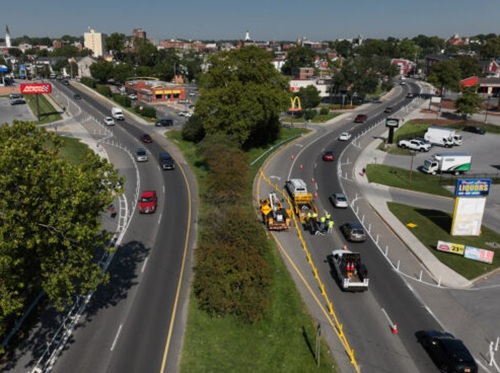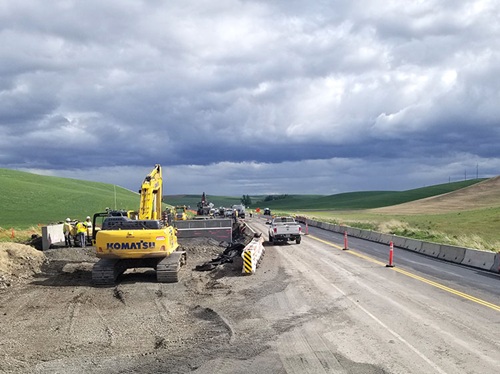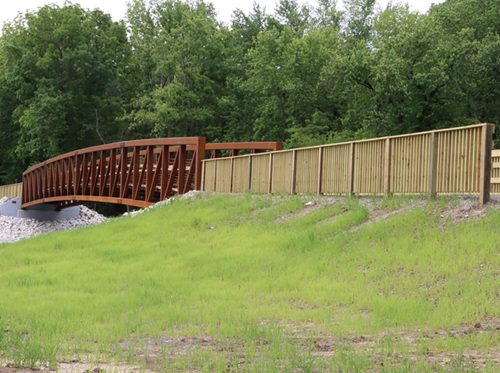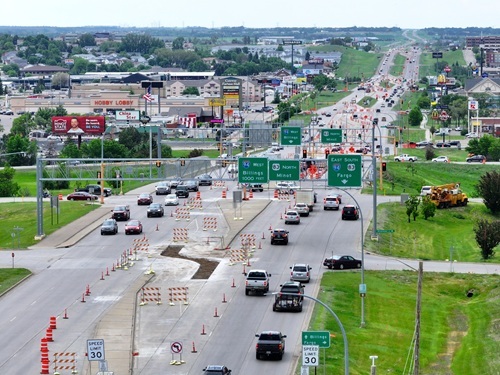Across the country, state departments of transportation are gearing up for a busy construction season in the transportation infrastructure sector.
[Above photo by the North Dakota DOT]
The North Dakota Department of Transportation, for example, plans to work on $405 million worth of surface transportation projects this season to enhance the state’s highway system.
“We have a wide range of construction and maintenance projects planned this season to enhance safety and improve our transportation system,” noted Matt Linneman, North Dakota DOT’s deputy director for engineering, in a statement.
“With work underway in many areas, we’re asking motorists to stay alert, slow down, and help keep everyone safe in and around work zones,” he said.
[Editor’s note: Two employees from the South Carolina Department of Transportation recently visited with a local elementary school to talk about the different types of infrastructure construction work they perform.]
Meanwhile, the Maryland Department of Transportation anticipates improving nearly 3,400 lane miles of pavement statewide through patching and resurfacing efforts during its fiscal year 2026, which begins July 1.

The agency said that, thanks to an additional $143.2 million investment provided by Governor Wes Moore (D) in his FY 2026 budget, the Maryland State Highway Administration – a division of the Maryland DOT – can move forward with corridor resurfacing, patching, and filling potholes on state highways; improving the safety and reliability of Maryland’s highway network, spurring economic growth, and ensuring the state’s transportation system is in a state of good repair.
Concurrently, the Colorado Department of Transportation is planning to tackle critical construction projects across the state’s mountain corridors and passes this summer. That includes timber preservation efforts for 21 rural bridges statewide as well.
Further west, the Nevada Department of Transportation will be installing “Daytime Headlights Required” signage along rural two-lane highways this summer.
That project aligns with the implementation of an updated Nevada traffic law in July 2028 that requires motorists to use headlights at all times while traveling on rural two-lane highways – a law intended to improve visibility and reduce the risk of head-on crashes, which are among the most frequent crashes on Nevada’s rural roads.
 States
States
ITD Unveils First Ever Emergency Operation Plan
June 6, 2025 States
States

